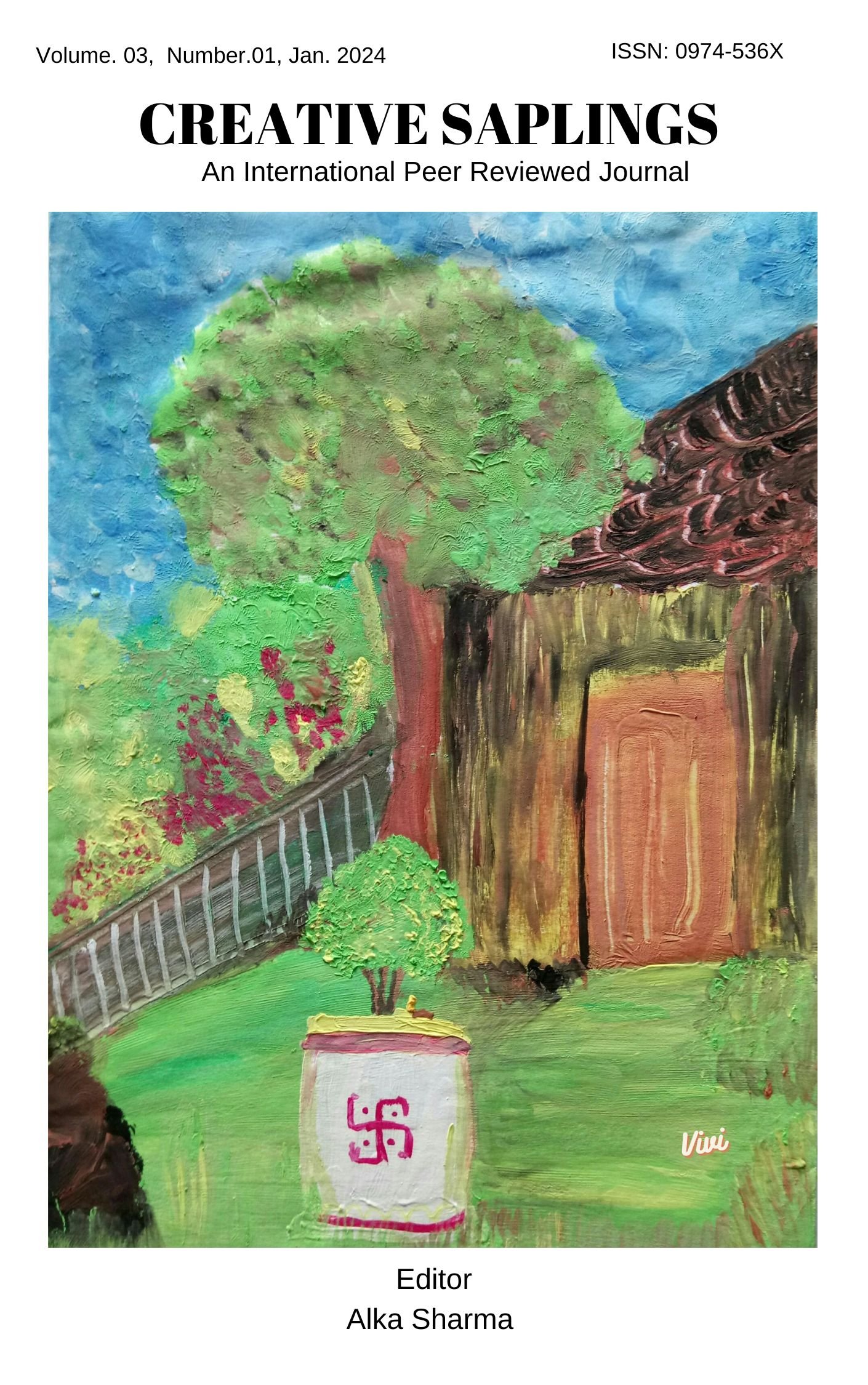Unmasking Post-Truth Narratives: Interpreting “Under Western Eyes: Feminist Scholarship and Colonial Discourse” through the Prism of Distorted Realities
DOI:
https://doi.org/10.56062/gtrs.2024.2.10.483Keywords:
Post-truth, monolithic, femininity, subjugation, postcolonial, third world, first world, strategic essentialism, racism.Abstract
Post-truth is built as a theory after its recognition by Oxford English Dictionary in 2016, as the word of the year because of the increasing usage by politically active communities and people, among them alt-right and Brexiteer was at the highest use this term in the US for denoting the political situation out there. Post-truth is majorly referring to or indicating situations in which appeals to emotion and personal conviction have a greater impact on public opinion than do factual facts. The signs of the origin of this term can be traced from the word “truthiness” coined by Stephen Colbert in 2005, which could be described as being convinced of something's truthfulness even though it isn't necessarily supported by the facts. Chandra TalpadeMohanty in her essay “Under the Western Eyes: Feminist Scholarship and Colonial Discourse.” attacks the bogus Post-truth and monolithic statement of Western feminists and philosophers about third-world women regardless of their race, class, geographic location, or religion and without any knowledge about women of third world nation and their priorities. In order to get the superior position even in pointing out the difficulties faced by third-world women, the first-world feminists judging their way of daily routine in the light of subjugation, suppression, and ostracization, which could be seen through the post-truth theory. The essay was first published in 1986 as the opening chapter of Feminist without Borders. To make her point more clear Mohanty supports her statements with anti-post-truth examples, the gendered division of labour, the veiling of women, or women's financial dependency on males. According to Mohanty, unless these examples are taken into account in context, these data by themselves are not a useful source of knowledge. Western feminists' views will be incorrect and ineffectual in assisting the communities they are attempting to assist if they base them on these observable realities. So the approach of this paper is to analyze these post-truth statements with reference of the essay by Mohanty where she depicts the individual differences of third-world women and asks for strategic essentialism against these postcolonial and post-truth ways of presenting things by third-world nations.
Downloads
References
“Editor’s Interview With Chandra Talpade Mohanty.” Journal of Narrative Politics, vol. 2, no. 2, Apr. 2016, p. 87, https://jnp.journals.yorku.ca/index.php/default/article/view/55. Accessed 1 Nov. 2023.
Hussain, Amina. “Theorising Post-Truth: A Postmodern Phenomenon.” Journal of Comparative Literature and Aesthetics, vol. 42, no. 1, spring 2019, pp. 150-62. https://go.gale.com/ps/i.do?p=LitRC&u=googlescholar&id=GALE|A596850034&v=2.1&it=r&sid=LitRC&asid=ca1fb58b. Accessed 1 Nov. 2023.
Hyvönen, Ari-Elmeri. “Defining Post-truth: Structures, Agents, and Styles.” E-International Relations, 22 Oct. 2018, pp. 1-5. https://www.e-ir.info/2018/10/22/defining-post-truth-structures-agents-and-styles/. Accessed 1 Nov. 2023.
Joy, Jessica. “Chandra Talpade Mohanty.” Beyond the Single Story, 8 Nov. 2016, https://beyondthesinglestory.wordpress.com/2017/11/08/chandra-talpade-mohanty/. Accessed 2Nov 2023.
Liska, Sherry. “Talking Back to White Feminism: An Intersectional Review.” Liberated Arts: A Journal for Undergraduate Research, vol. 1, no. 1, 2015, pp. 1-7. https://ojs.lib.uwo.ca/index.php/lajur/article/view/7244. Accessed 1 Nov. 2023.
Mclntyre, Lee. Post-Truth. The MIT P, 2018.
Mohanty, Chandra Talpade. Feminist Without Borders: Decolonizing Theory, Practicing Solidarity. Duke UP, 2003.
________. “Under Western Eyes: Feminist Scholarship and Colonial Discourses.” Boundary 2, vol. 12/13, 1984, pp. 333–58. JSTOR, https://doi.org/10.2307/302821. Accessed 2 Nov. 2023.
Praveena, J. “An Analysis of Chandra Talpade Mohanty’s “Under Western Eyes”: Feminist Scholarship and Colonial Discourses.” Online International Interdisciplinary Research Journal, vol. 9, no. 4, Mar. 2019, pp. 396-99. http://www.oiirj.org/oiirj/mar2019-special-issue(04)/56.pdf. PDF download.
Rahman, Hiba. “Are Women Homogenous? Chandra Talpade Mohanty On Western Feminist Scholarships.” Feminism In India, 31 Oct. 2022, https://www.google.com/amp/s/feminisminindia.com/2022/10/31/chandra-talpade-mohanty-on-western-feminist-scholarships/%3famp. Accessed 30 Oct. 2023.
Salem, Sara. “Capitalism, Postcolonialism and Gender: Complicating Development.” Gender and Development Network, July 2019, pp. 1-8. https://gadnetwork.org/gadn-resources/capitalism-postcolonialism-and-gender-complicating-development. Accessed 2 Nov. 2023.
Schrock, Richelle D. “The Methodological Imperatives of Feminist Ethnography.” Journal of Feminist Scholarship, vol. 5, no. 5, 2013, pp. 48-60. https://digitalcommons.uri.edu/jfs/vol5/iss5/5. Accessed 1 29 Oct. 2023.
Tyagi, Dr. Ritu. “Understanding Postcolonial Feminism in Relation with Postcolonial and Feminist Theories.” International Journal of Language and Linguistics, vol. 1, no. 2, Dec. 2014, pp. 45-50. https://www.ijllnet.com/journal/index/2134. PDF download.
Downloads
Published
Issue
Section
License
Copyright (c) 2024 Aisha Haleem

This work is licensed under a Creative Commons Attribution-NonCommercial 4.0 International License.





